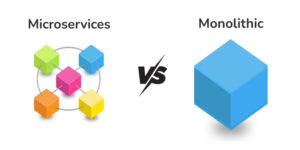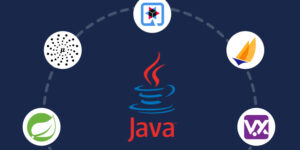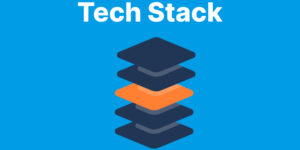
The use of microservices architecture offers numerous advantages in the world of complicated network resources and vast databases. They ensure scalability, flexibility, manageability, and resilience in modern web development procedures. Hence, it is vital to know about different design patterns in Microservices Architecture for web development. Read this article to learn about different design patterns that web development services India use in Microservices Architecture. Let’s get started…
Table of Content
10 Different Design Patterns in Microservices Architecture for Web Development
Using unique design patterns in microservices architecture can be a game changer. Here is the list of the best design patterns that can be used in microservices architecture to create effective architectures for web development. Read on.
1. API Gateway Pattern
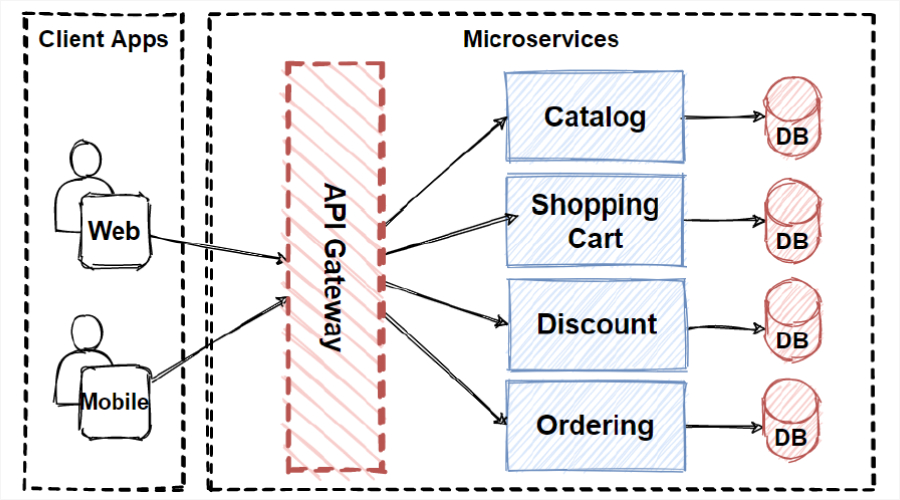
API gateway pattern acts as a middleman between a client and microservices. It is typically a centralized entry for all clients into the system that decides whether or not the request should be sent or get the information. Also, it can change the format of the data if necessary. It grants a single-entry request that complies with predefined rules by working as a reverse proxy between clients and services.
Most importantly, it does not send the request to any microservice. Instead, it routes the request to the appropriate microservice. To ensure data safety and privacy, it validates their authentication by verifying their API keys. Also, it tracks the web traffic to improve the user experience (UX) and to enhance the application’s security. It is widely used by professional web development service provider in USA.
Key Features of API Gateway Pattern:
- It can limit the requests based on HTTP headers or IP addresses
- It simplifies the code of the client side
- It directs web traffic to a safe and secure place
- If an API request fails due to internal server errors and credential authorization failures, the AP gateway pattern can handle and standardize such errors
- It enhances application security by preventing the risk of DDoS attack
- It reduces latency by sending a single request to the microservices.
2. Saga Pattern
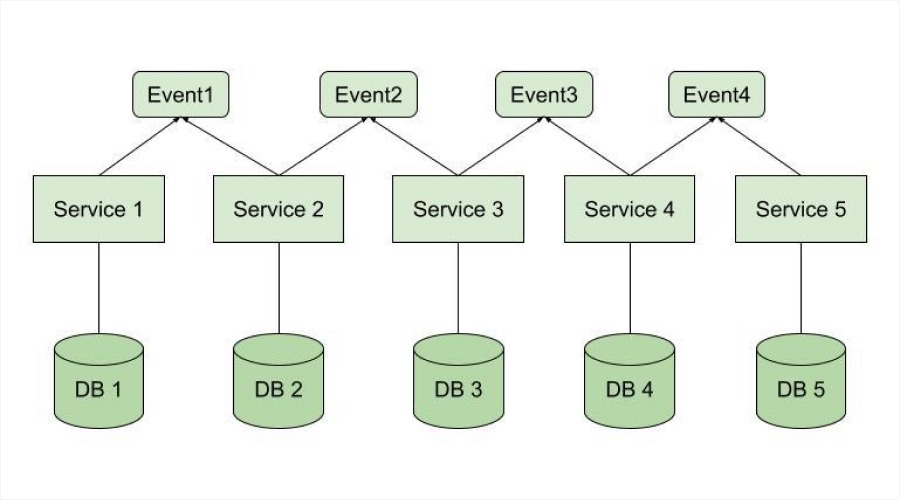
Another design pattern that is pretty popular among web developers is Saga Pattern. With microservices, the biggest problem is that developers find difficulty in managing transactions across multiple services. However, the saga pattern is effective in resolving this complexity of the microservices architecture. It splits transactions into local transactions to handle data consistency across multiple services. This way, individual services such as e-commerce sites, flight booking services, etc., can separately manage their transactions.
In case one transaction fails, a rollback transaction will be there to compensate. All in all, the saga design pattern promotes flexibility within the microservice architecture. However, the drawback of this design pattern is that it requires a complex programming model to function within the architecture. Developers need to focus on maintaining coordination among services, which is labor-intensive and time-consuming.
Key Features of Saga Pattern:
- It emphasizes service reliability
- It maintains data consistency during local transactions
- It uses rollback transactions to combat a failure
- The two main approaches to implementing saga patterns are choreography and orchestration.
3. Database Per Base Service Pattern
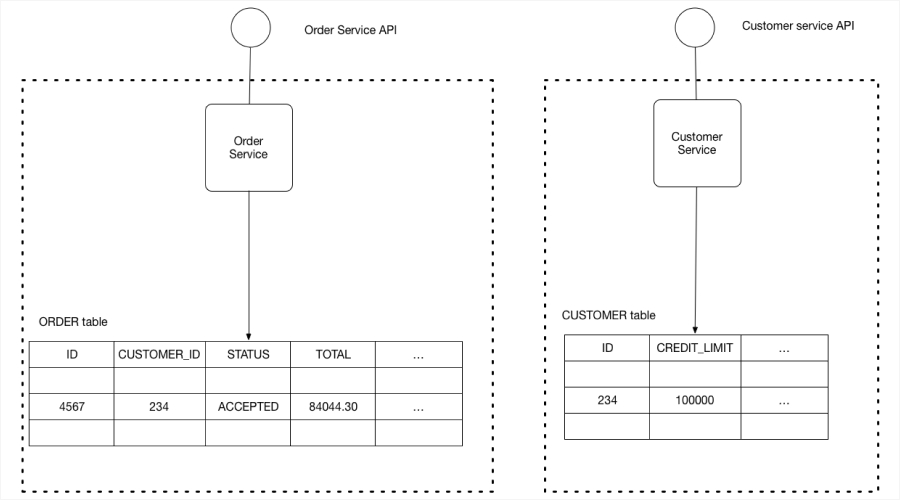
Database per base service is one of the key concepts in microservices architecture. The notable point about this design pattern is that it ensures data integrity and prevents the risk of data overlapping in the architecture. It typically allows services to operate independently and flexibly. Developers use one of the two most common options when determining the architecture of an application.
The most common options are a dedicated database per service and a single database shared by all services. A dedicated database service pattern is a dedicated architecture that helps to ensure data protection. It is scalable and easy to understand for an end-to-end business organization. Overall, it streamlines complexity, improves efficiency, and ensures the application is security checked. Conversely, a single database lacks flexibility, data security, independence, and robustness.
Key Features of Database Per Base Service Pattern:
- Database Per Base Service Pattern ensures each service has an individual database
- It emphasizes the data storage’s privacy and security
- It reduces data duplication and ensures referential integrity
- It allows for tailored scaling.
- Databases can easily be scaled in this pattern based on the specific needs of each service.
- Using a dedicated database service helps you manage different needs or system requirements.
4. Circuit Breaker Pattern
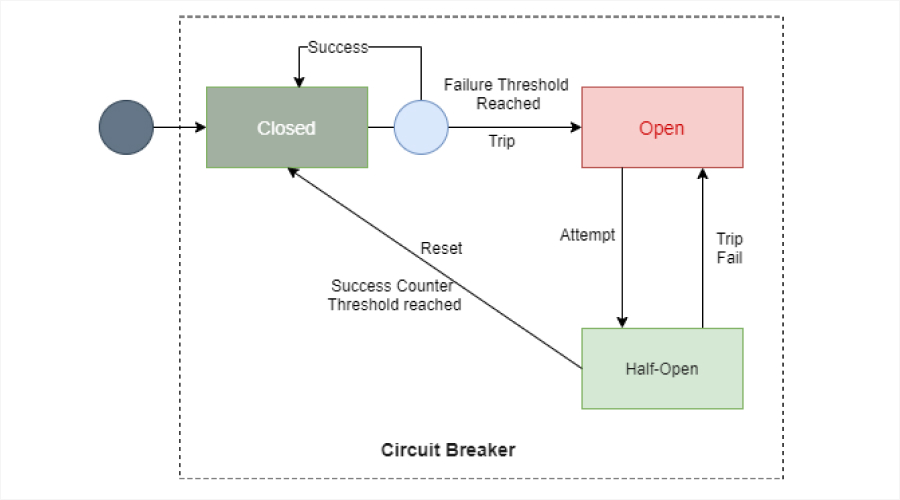
Developers often choose the circuit breaker pattern for services that communicate synchronously. It reduces the latency in services and prevents the risk of the system being unresponsive. This design pattern activates a circuit when a repeated service fails and redirects requests to default responses or any different service.
By activating the circuit, it ensures the system’s integrity and reliability. Influenced by the electrical circuit breakers, microservices prevent the depletion of network resources. It improves the availability, maintenance, and performance of service levels. There are three stages of the circuit breaker pattern which you should know:
- Open: The circuit breaker pattern is open when there are plenty of failures. At this stage, the microservice stops functioning and starts giving errors during calls
- Closed: The circuit breaker is closed, and no call is showing errors. They are responding normally. At this stage, developers want to continue with the circuit design pattern to protect the system from call-hanging
- Half-open: At this stage, the circuit breaker finds an underlying cause. Due to its half-opened state, some calls respond normally, and some do not.
Key Features of Circuit Breaker Pattern:
- The circuit breaker pattern acts as a safety net
- It automatically retests and resets the service
- It resolves the issues by redirecting calls to default responses
- It reduces the risk of failure at the application level simply by isolating failures.
- It provides fallback functionality in case of an unresponsive service.
- It limits the impact of failures in order to prevent cascading failures.
- It monitors the number of failures occurring within a configured time period.
5. Loose Coupling Pattern
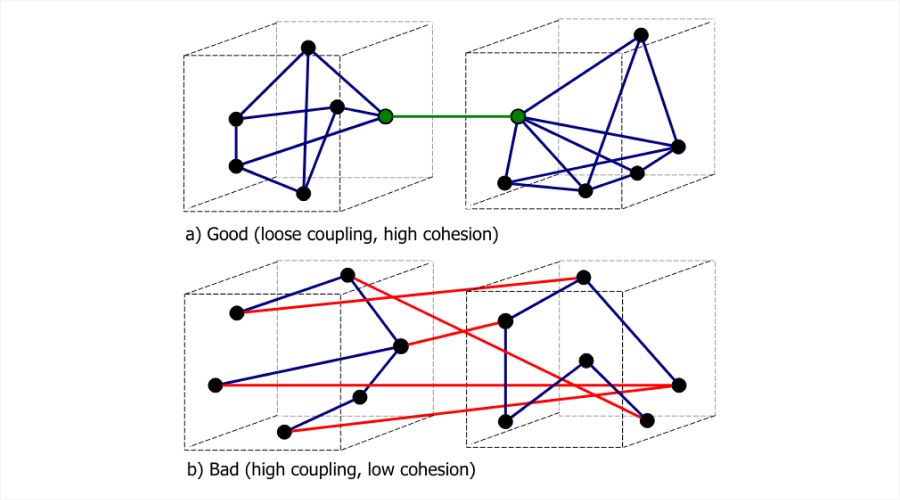
The next design pattern widely incorporated in a microservices architecture is the loose coupling pattern. By implementing a loose coupling design pattern in the microservices architecture, developers minimize the chances of microservices’ interdependencies on each other. It allows the operation of well-structured API protocols such as message-based communication patterns or RESTful APIs to ensure each microservice operates independently and communicates with other services without any glitches or bugs.
This way, it prevents the risk of issues like rigidity, instability, and system failure and promotes the microservices architecture’s stability, integrity, and maintainability. This is because any changes to the microservice show minimal impact on others.
Key Features of Loose Coupling Pattern:
- It clearly adheres to the API protocols
- It ensures organizations achieve scalability, agility, and high functionality with microservices architecture
- It promotes data integrity and isolation
- It focuses on the implementation of the event-driven architecture
- makes services reusable and allows them to serve different scenarios more easily.
- It allows for independent scalability of individual components or services
- It allows for the efficient allocation of resources to different parts of the application
- It ensures better maintainability and extensibility of code
Also Read – Microservices Architecture Best Practices
6. Serverless Microservice (FaaS)
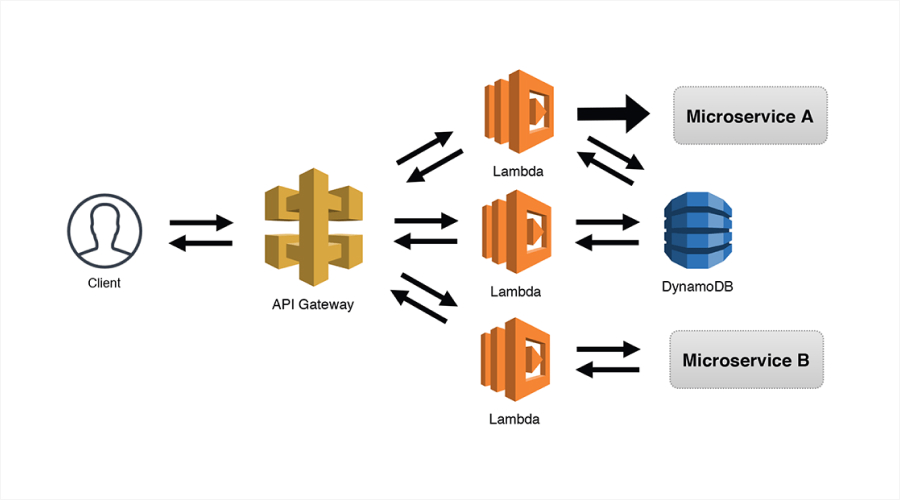
The next design pattern that can be implemented in microservices architecture is Serverless microservice (FaaS). Serverless microservice (FaaS) is a method of combining microservices and serverless computing. It offers scalable, reliable, and cost-effective design patterns for all applications. In FaaS, the serverless provider allows users to write their codes, without worrying about the architecture.
This is because it leaves the underlying infrastructure for cloud service providers to handle. It automatically scales and manages the system. The developers do not need to pay for a fixed number of servers or bandwidth. FaaS builds applications with small and stateless functions of cloud computing. It is appropriate for event-driven applications that are scalable and manageable. They respond to specific events or problems.
Key Features of Serverless Microservice (FaaS):
- It is highly responsive to the events executed by the cloud platforms
- It is an affordable design pattern
- It integrates serverless computing with microservices
- It allows for automatic scaling
- It allows developers to build applications without having to configure infrastructure using BaaS (Backend-as-a-service)
- It allows cloud providers to regulate the infrastructure to ensure automatic scalability in the architecture.
7. Command Query Responsibility Segregation (CQRS)
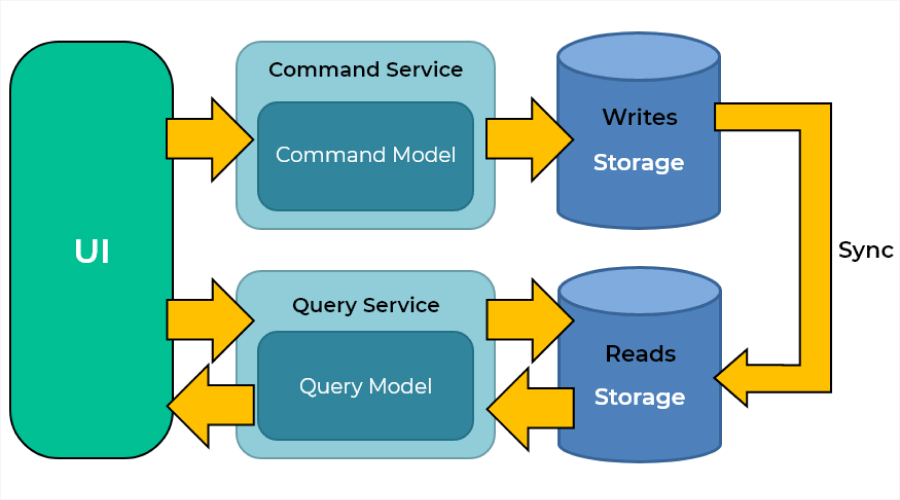
Command Query Responsibility Segregation (CQRS) is another design pattern that differentiates the read and update operations. It separates the concerns of writing data (commands) from reading data (queries). Usually, developers use this system when they want a solution to the problems of conventional databases such as data contention. It can also be used to simplify the complexities of the app’s functionalities and security issues. CQRS allows the software development team to adopt more flexible, scalable, and manageable models.
With its implementation, it becomes easier for developers to safeguard each pattern. It improves the system’s efficiency by optimizing the read and write sections separately. This way, it provides control over the system’s performance to enhance its reliability and protection against issues like data corruption. However, it can develop the risk of data duplication and add more complexity to the system. Here are the following things you should understand:
- Read produces data projections
- Write acts as a data source for the read section.
Key Features of CQRS:
- It simplifies the system operations for better performance
- It helps with data integrity and security
- It separates querying models and commands
- It separates the read and write workloads and allows them to scale independently
- It effectively scales the read model
- It is efficient when data reads are greater in number than writes.
8. Sidecar Pattern
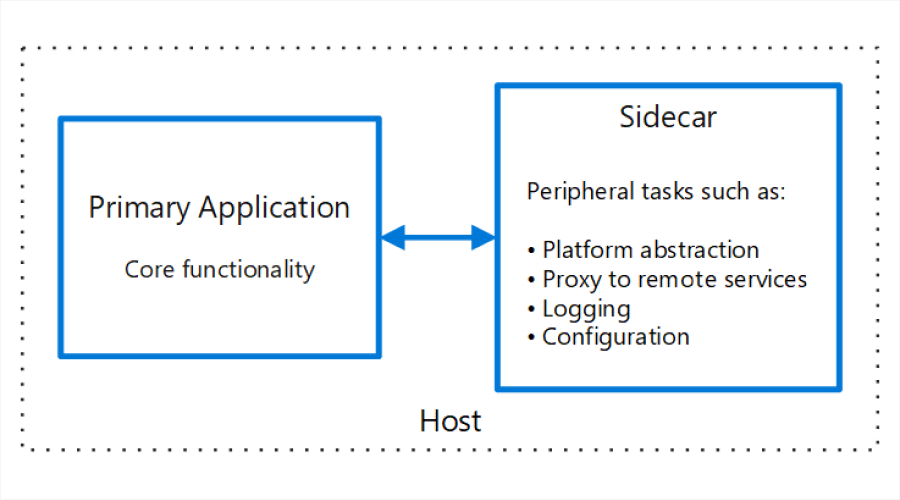
Also known as the sidekick pattern, the sidecar pattern is a microservice architecture technique that ensures the positioning of the components of an application in a separate processor container. This design pattern is referred to as a Sidecar due to its resemblance to a sidecar that is affixed to a motorcycle. The best part of this design pattern is that it streamlines the functionalities of cross-cutting concerns.
Enhancing an app’s encapsulation promotes new functionalities without altering the core application code. It ensures that the sidecar services lifecycle is attached to the main application. This way, it divides the roles and responsibilities of microservices, making it easier for them to adapt themselves to the system’s requirements. Since the sidecar pattern enables applications to use heterogeneous technologies, it enhances the flexibility of microservices.
Key Features of Sidecar Pattern:
- It merges with the sidecar pattern, making sure no change to the source code while managing multiple tasks
- It allows developers to create applications using heterogeneous components and technologies
- It deploys all the components of an application into a separate process or container in order to provide isolation and encapsulation
- It attaches to the parent application for simple upgrades
- It encapsulates the app’s configuration.
9. High Cohesion Pattern
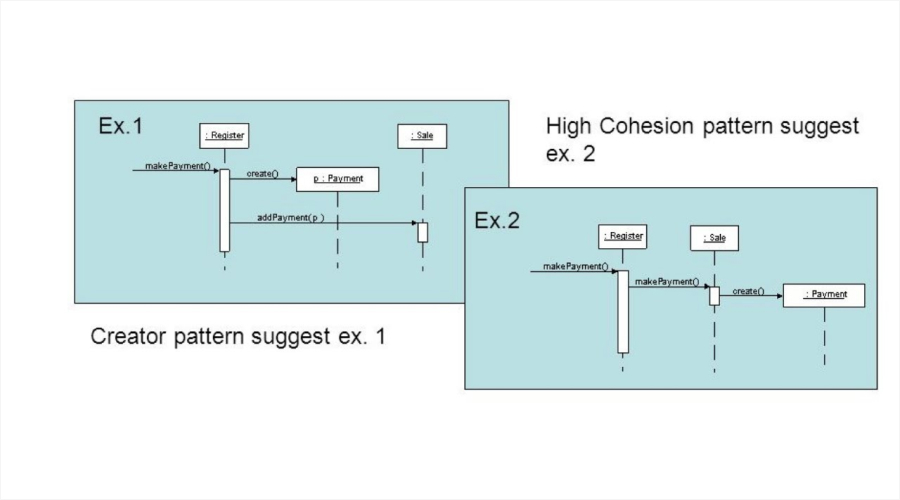
Another popular design pattern is the High Cohesion pattern. High cohesion is a crucial design pattern for microservices because it enables them to promote core functionalities independently and efficiently. It works with a clear and well-defined domain and a single responsibility to deploy, develop, and scale the microservices. It does not perform the roles that belong to another microservice.
On the contrary, a low cohesive system increases the risk of conflicts and data inconsistencies in the system. It is vague and ineffective. Developers should adhere to the best practices to achieve the high cohesive microservices. The best part of this pattern is that it uses a relevant interface to avoid the risk of services overlapping with each other. In a nutshell, achieving high cohesion with microservices is a way to obtain other quality attributes, such as reliability, measurability, reusability, and reliability.
Key Features of High Cohesion Pattern:
- High cohesion pattern easily updates, scales, and maintains the microservices
- It performs with a clear and consistent goal
- It helps keep complexity in check
- It ensures all the modules are focused and manageable
- It supports low coupling, thereby promoting flexibility and maintainability
- It enhances the interconnections of elements for efficient microservices architecture.
10. Strangler Pattern
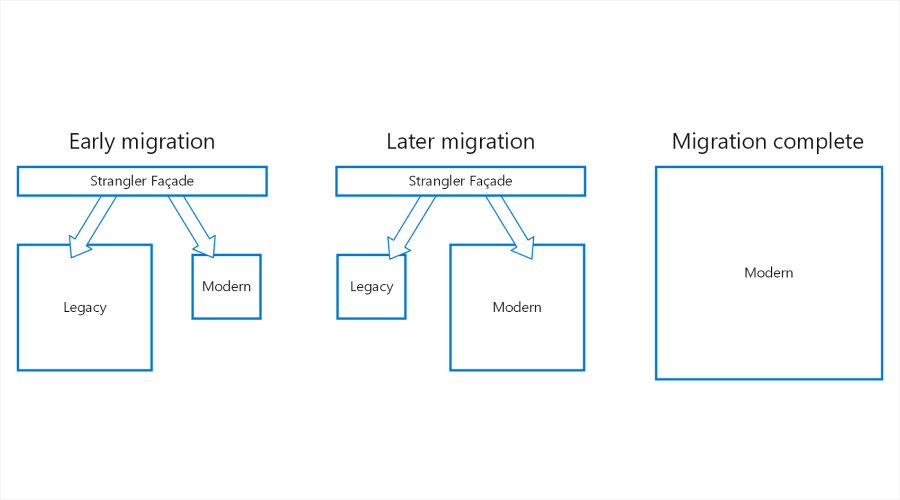
Last on the list is the Strangler pattern, also known as the vine pattern. Developers often use the strangler pattern in web applications. The key feature of this design pattern is that it transforms a monolith application into microservices. Most importantly, it resembles a vine that wraps around a tree.
In a strangler pattern, a message goes and forth whenever the Uniform Resource Identifier call initiates. The services are fragmented into different domains. It replaces the old functionality with a new service. It allows two services to stay side by side in the same URI with a single domain. The best part is that it grants the migration of data and features from the monolith to the new microservices, ensuring the best user experience (UX) throughout the process.
Key Features of Strangler Pattern:
- Developers use a facade interface for strangler pattern
- Strangler pattern hosts the domains separately
- It ensures an improved user experience
- It reduces the risk of business disruption because of its incremental nature
- It helps in structuring new applications and services, making them easily replaceable
- It frees targeted functions from a monolith application so that they can be easily strangled.
Also Read – AngularJs Frameworks for Developers
In a nutshell,
So, these are the 10 different design patterns in a microservices architecture for web development. Design patterns play a vital role in microservices architecture. They help create scalable, resilient, and maintainable web applications. Each pattern, such as API Gateway, Service Discovery, and Circuit Breaker, addresses specific challenges like managing distributed services, handling system failures, or ensuring smooth communication between components. Employing these design patterns in microservices architecture ensures scalability, flexibility, and independence in the system.
However, it is crucial to choose the right patterns. Doing so ensures seamless performance and aligns the architecture with business goals. By combining these patterns, web developers can optimize the web development process. These patterns foster agility, fault tolerance, and efficient scaling, which are a MUST for cutting-edge web applications.

